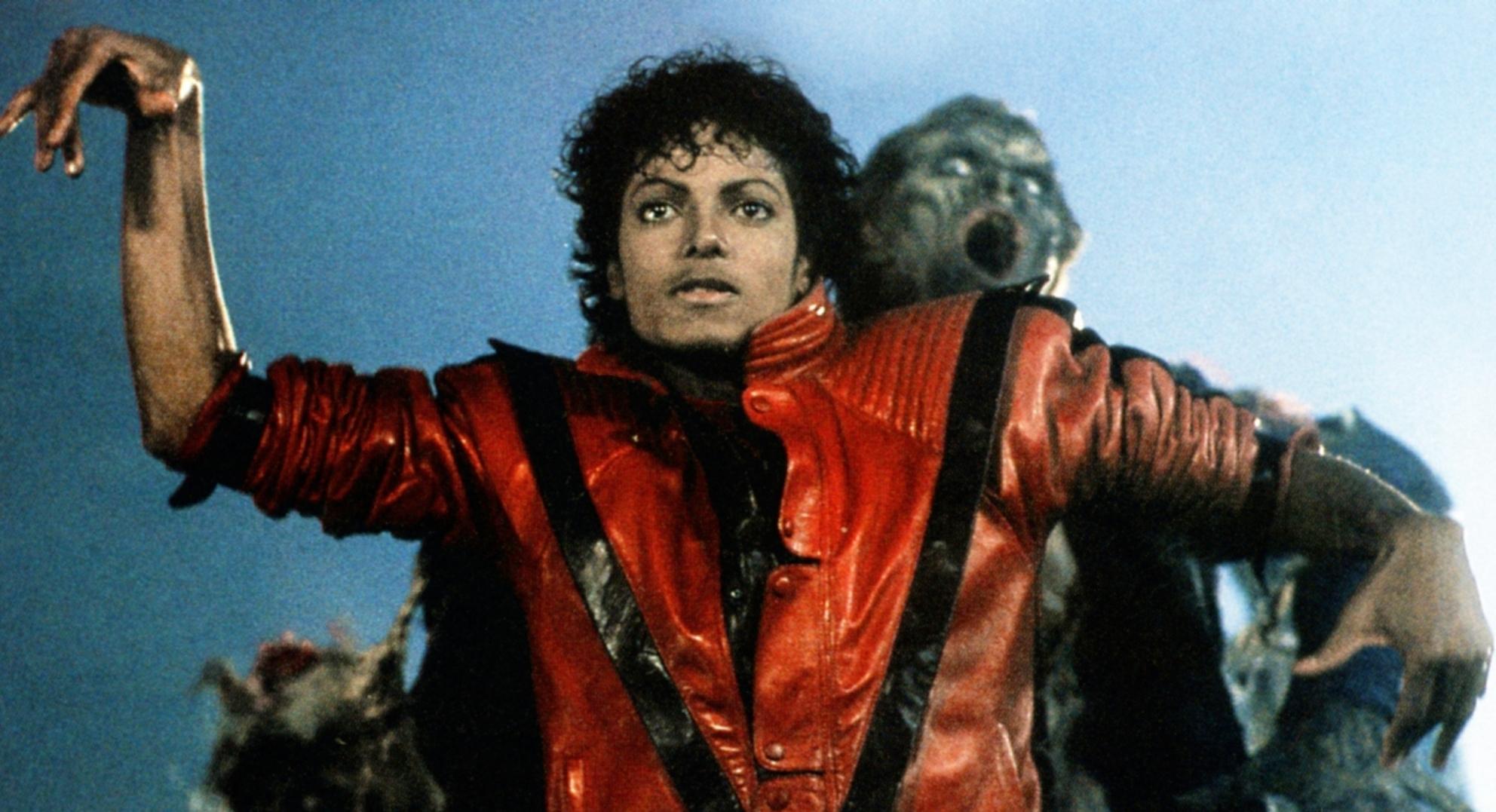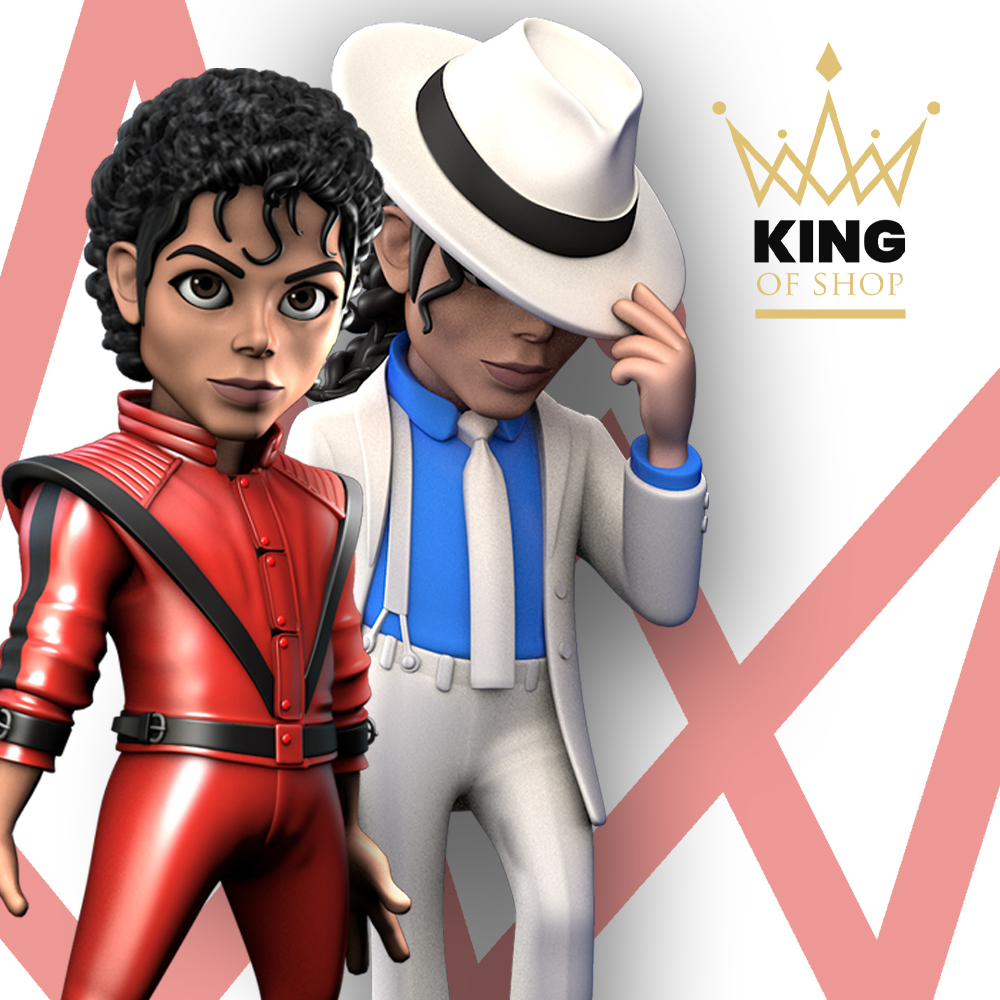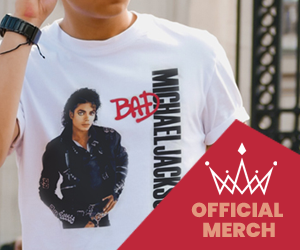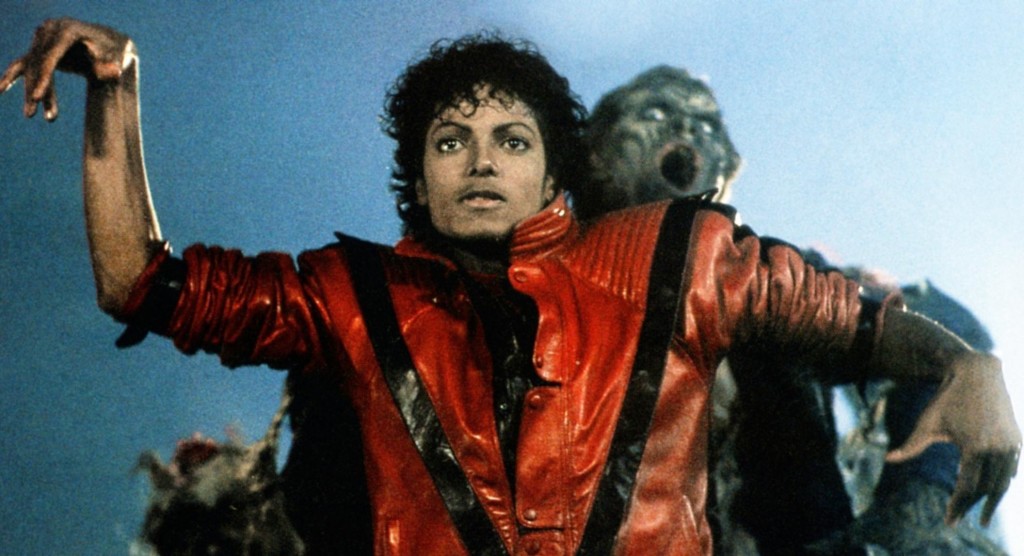
On Nov. 30, 1982, Michael Jackson’s “Thriller” hit music stores across America. Along with the famous title track, the record featured a parade of hit singles, from “Billie Jean” to “Beat It.” The album went on to win a record eight Grammys, top the Billboard 200 for two straight years and sell over 50 million copies worldwide — a Guinness-verified world record.
“Thriller” has since ceded its Grammy crown (Santana’s “Supernatural” and U2’s “How to Dismantle an Atomic Bomb” each won nine awards), while Adele’s “21” matched Jackson’s two-year run at the top of the charts in 2011 and 2012. But over 30 years later, “Thriller” remains unbeaten in the biggest category of all; it’s the undisputed top-selling album of all time.
The numbers say “Thriller” will never be beat.
How is the King of Pop’s lead so safe? New albums face a slew of economic and distribution problems — challenges “Thriller” didn’t have to overcome. The most obvious issue, however, is the skyrocketing growth of the single, which has been the format of choice since the early 2000s.
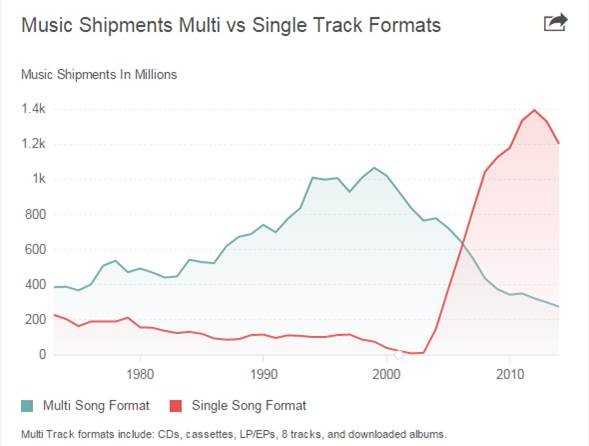
If you want to point fingers, you might start by blaming file-sharing sites like Napster. As the Internet went mainstream, consumers figured out how to get their favorite hits for free, rather than buying a steady stream of $16 CDs.
But if file-swapping opened the coffin, iTunes nailed it shut. Ever since Apple offered tunes for 99¢ a pop, album sales have fallen precipitously. Single sales may still be at historic heights, but it’s cold comfort for record labels, which earn almost all profit from pricey albums.
And then there’s the streaming revolution. With Spotify, TIDAL, Pandora and Apple Music all offering monthly subscriptions for a near-unlimited catalog, the album has gone from marginal to practically irrelevant. Even the mighty single seems headed for trouble. With the industry’s economics looking worse every year, big record labels are less likely to bet millions on a single album. Consider that “Thriller’s” production budget was roughly $750,000 — nearly $2 million in 2015 dollars.
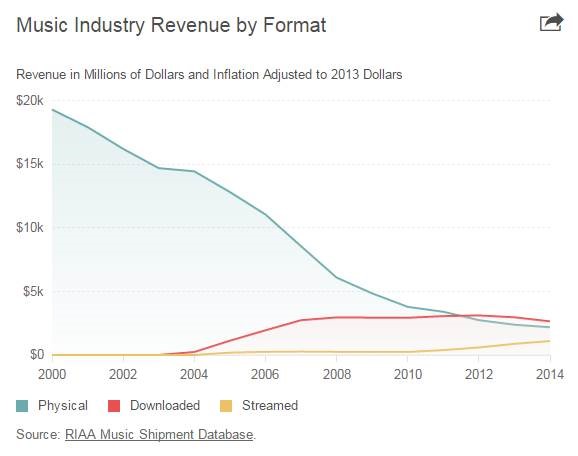
That’s not to say that the “Thriller” legacy was guaranteed from the moment the album came out. The ‘80s and ‘90s were golden decades for the multi-track format, as the CD made albums cheaper to make and more accessible to the masses. In the decade leading up to “Thriller,” there were an average of two 10x platinum* albums per year. By the ’90s, there were 4.5 each year — culminating in a record seven smash hit albums in 1994.
*A record achieves “platinum” status after selling one million copies.
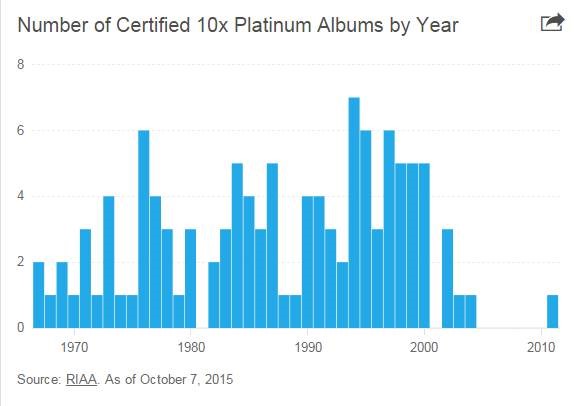
Whitney Houston (“The Bodyguard”), Shania Twain (“Come On Over”) and the Spice Girls (“Spice”) each flirted with Jackson’s record, settling in just a few spots below on the all-time list. Jackson himself rode the CD revolution to two more hits, with “Bad” (1987) and “Dangerous” (1991) — each selling well enough to crack the top 30 all time.
But the window would close for good at the turn of the millennium, and the album-friendly CD would go on to die a quiet death, just like every popular music format before it.
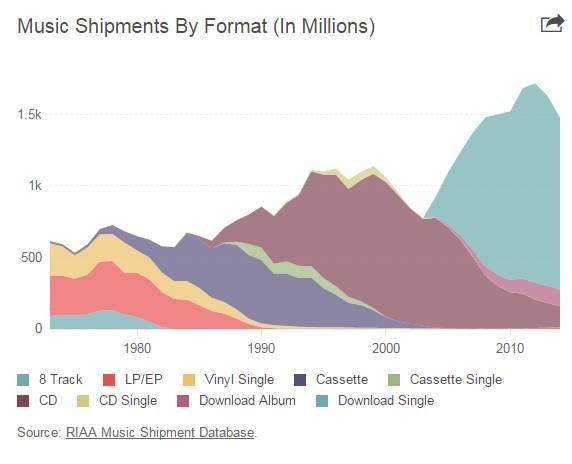
If there’s a silver lining hiding between the industry’s flailing album and nose-diving revenues, it’s the resurgence of musical diversity. Even if “Thriller” kicked off a golden age of hit albums and CD sales, the ’80s and ‘90s were the least diverse decades on record, with fewer than 300 unique songs on the Billboard 100 per year, on average.
But since 2000? Music diversity is accelerating, with more hits from more independently minded artists. The days of the 29x platinum record might be gone, but when there’s this much to listen to, who needs another hit as big as “Thriller”?
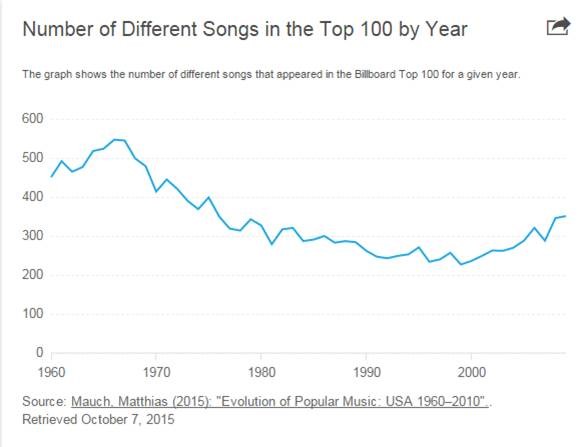
SOURCE: Business 2 Community


